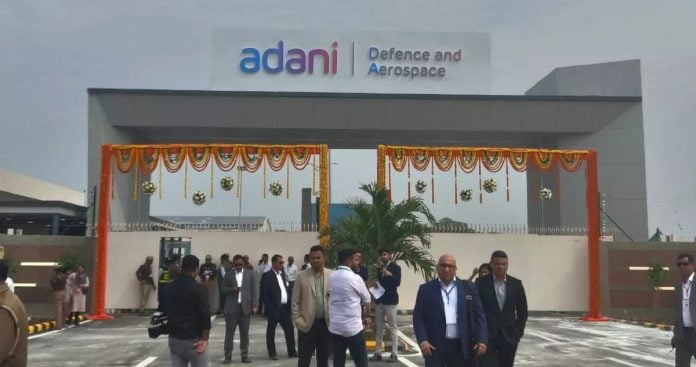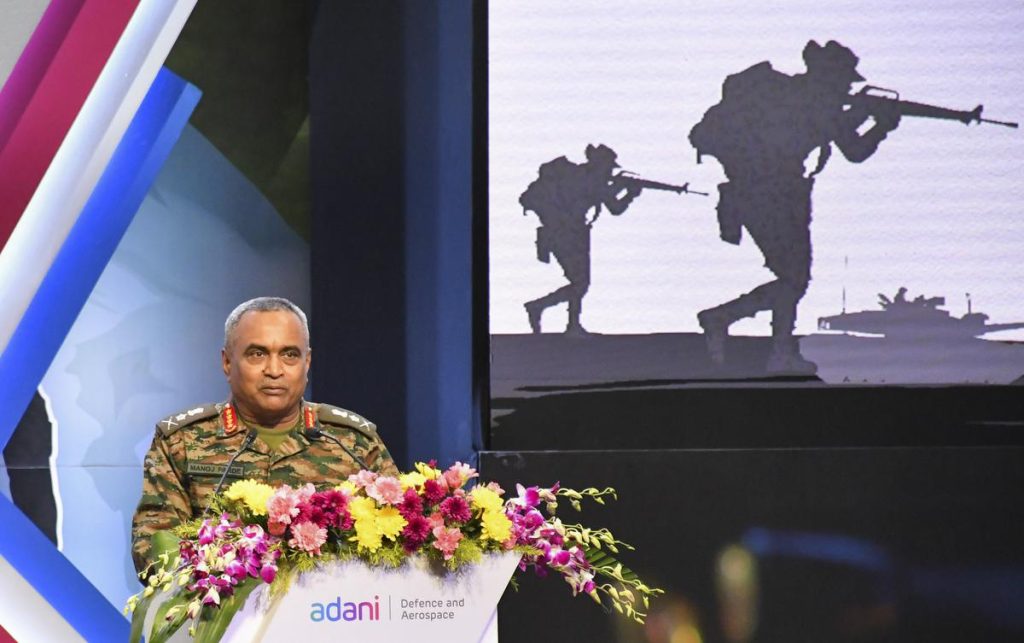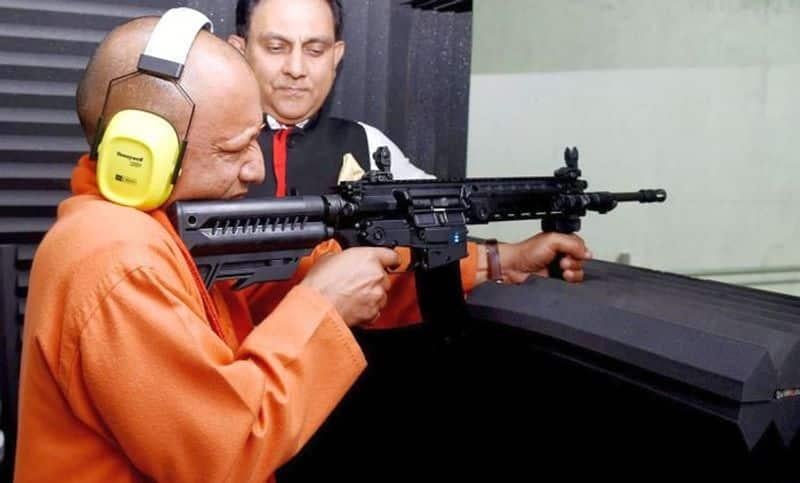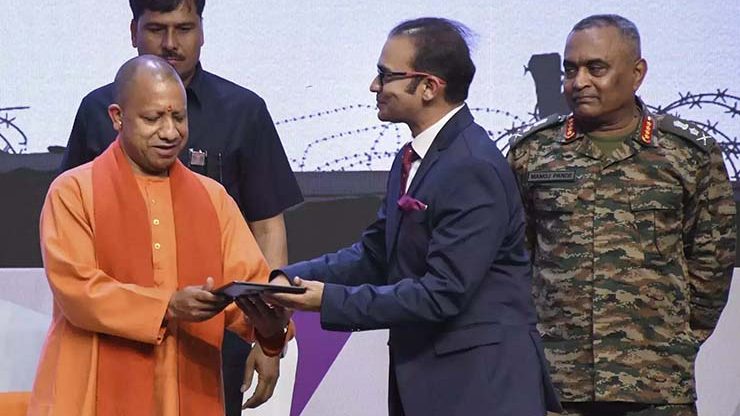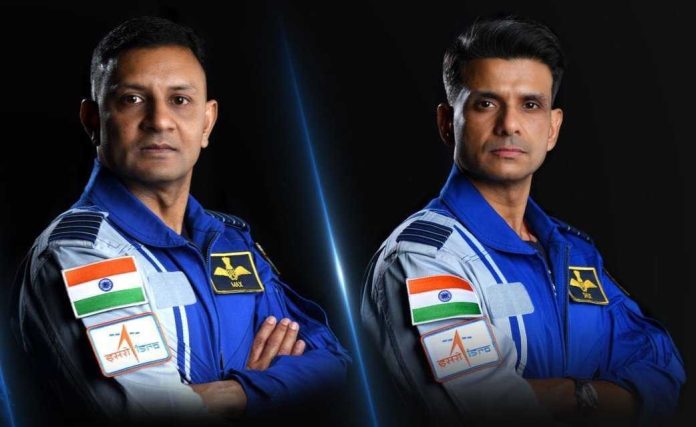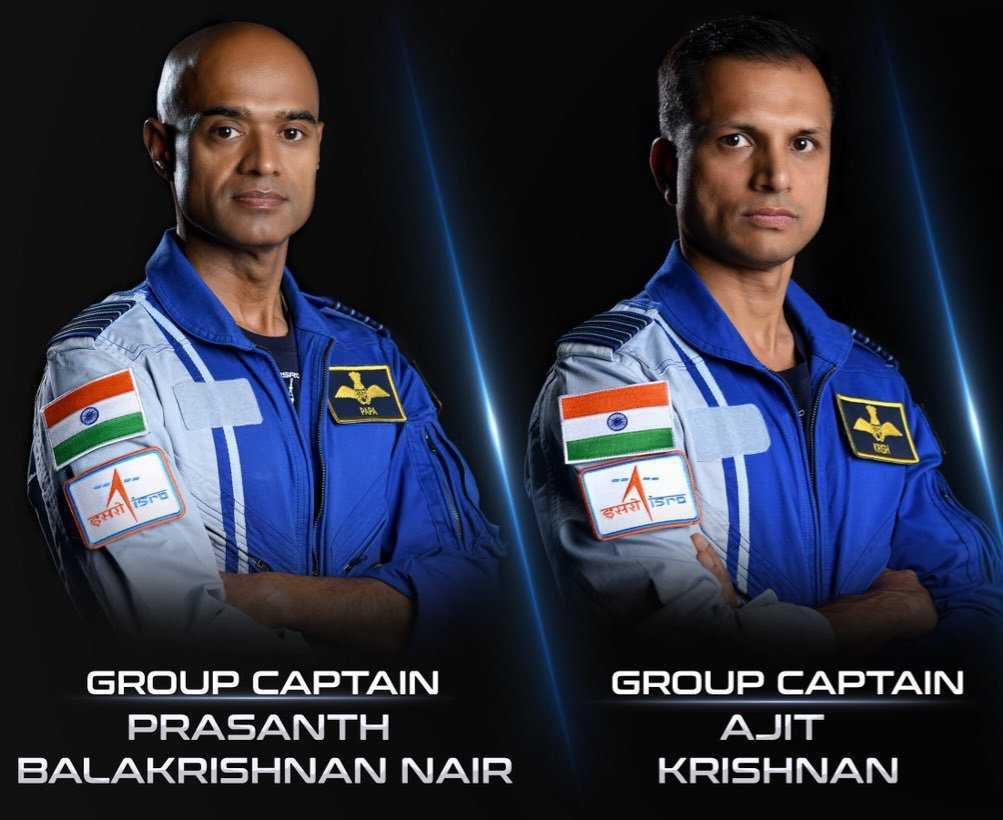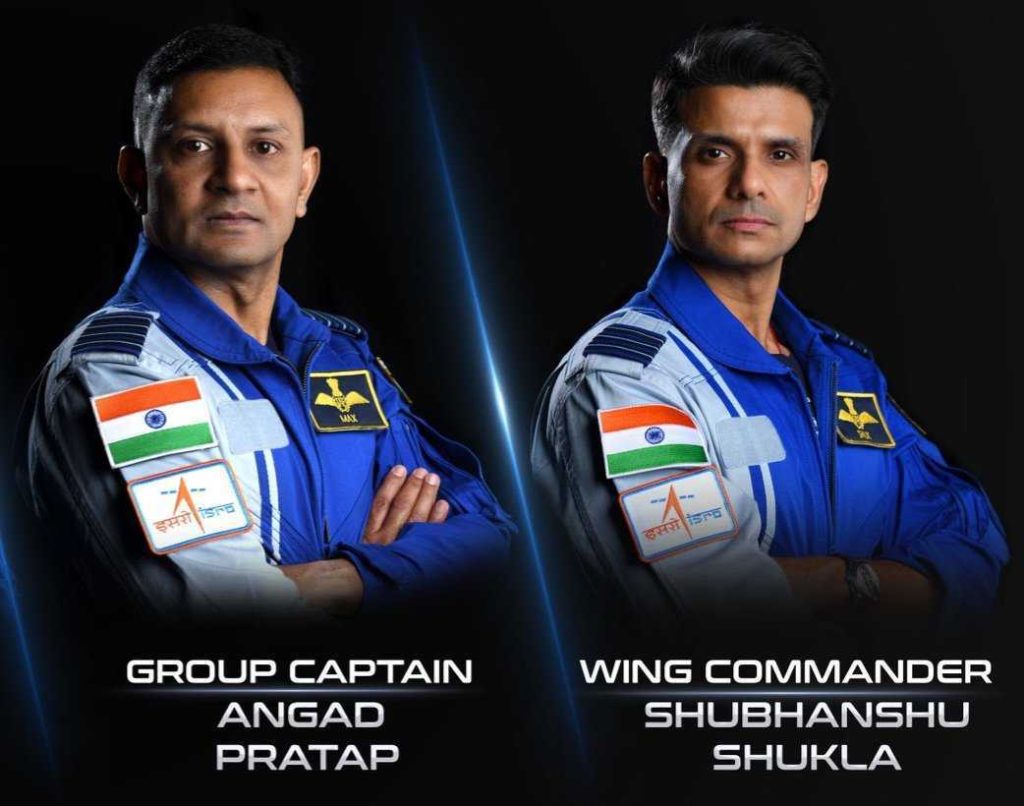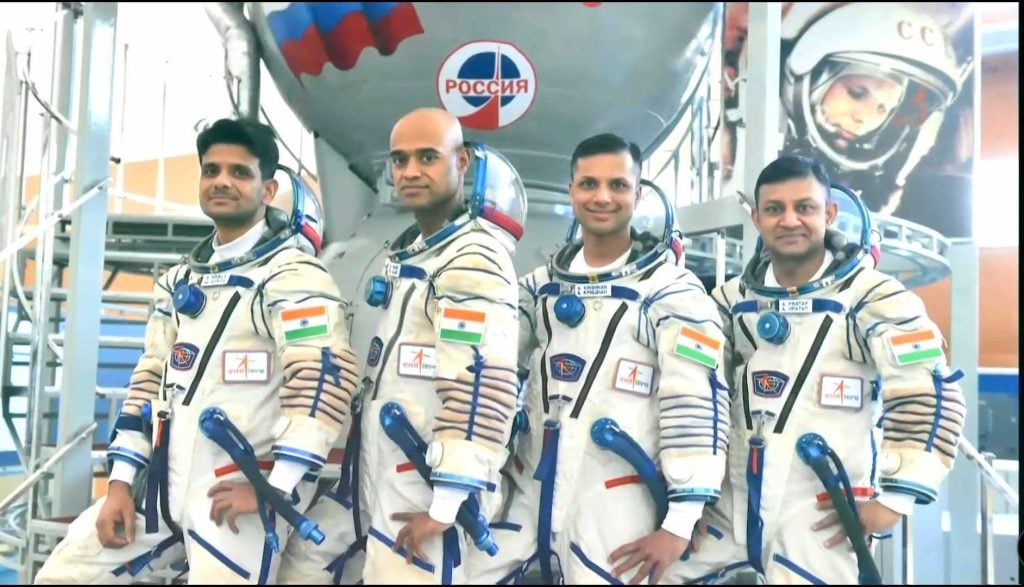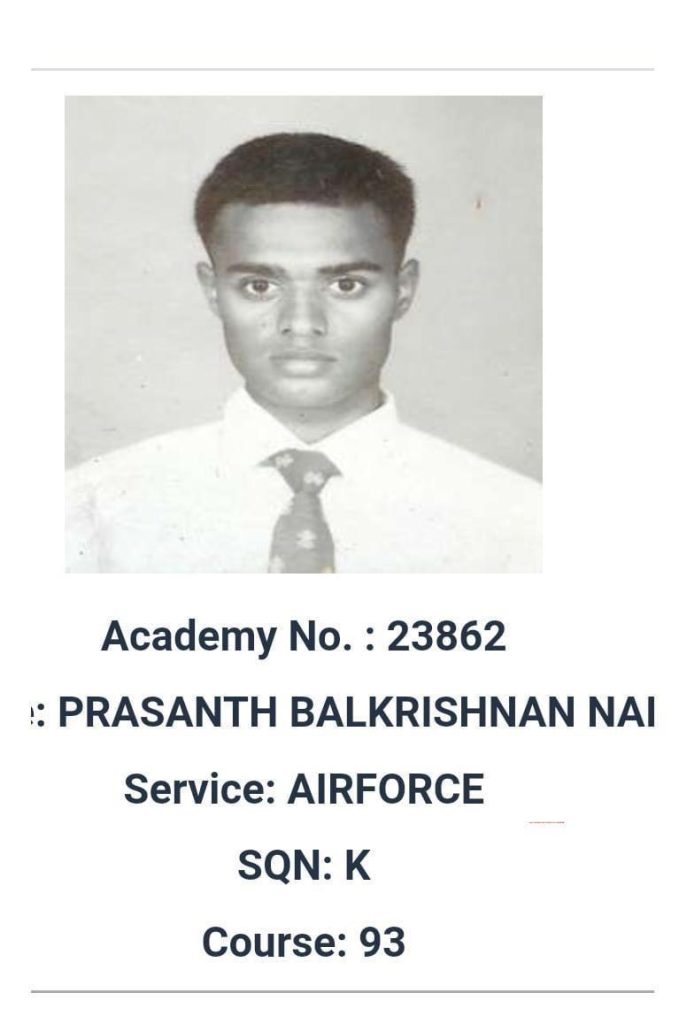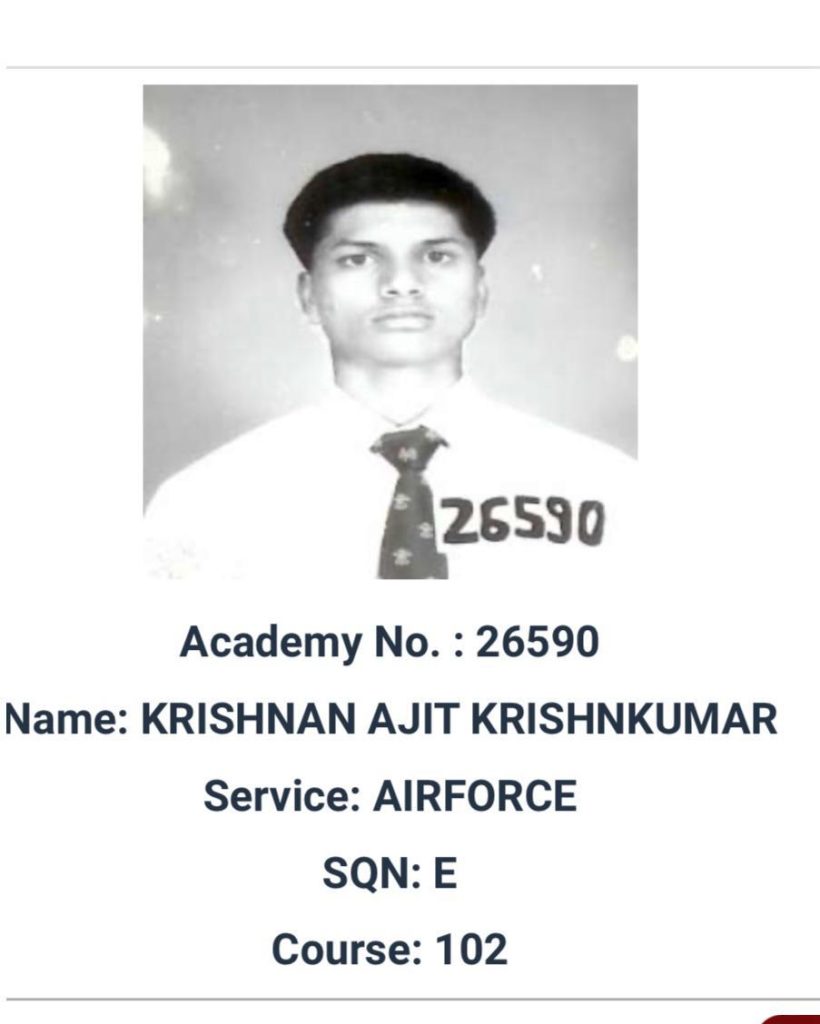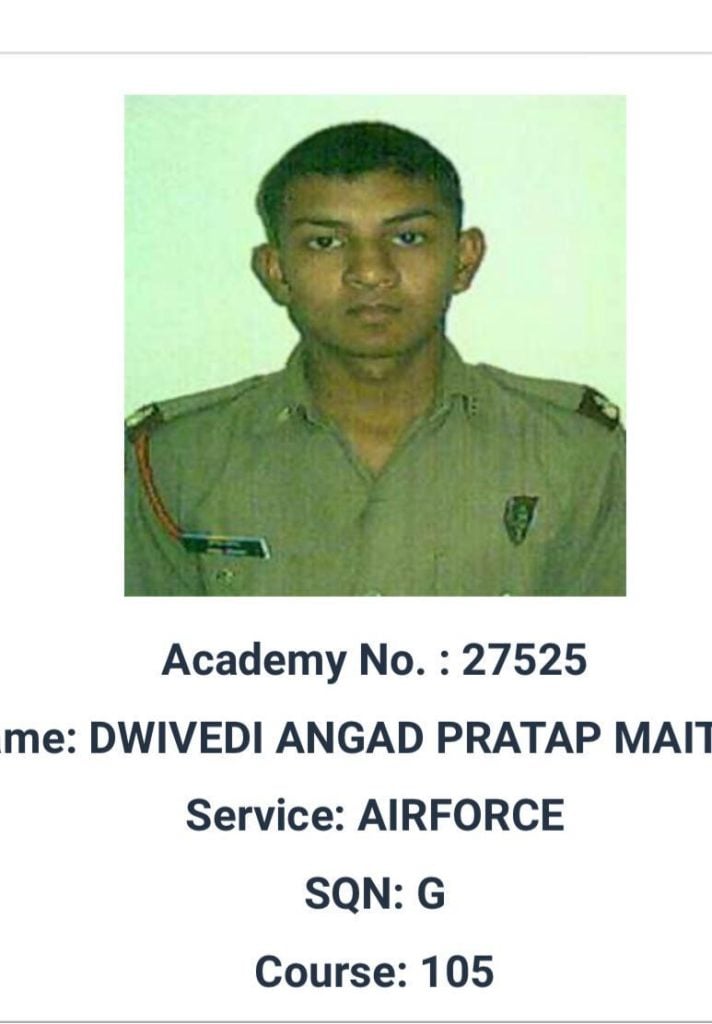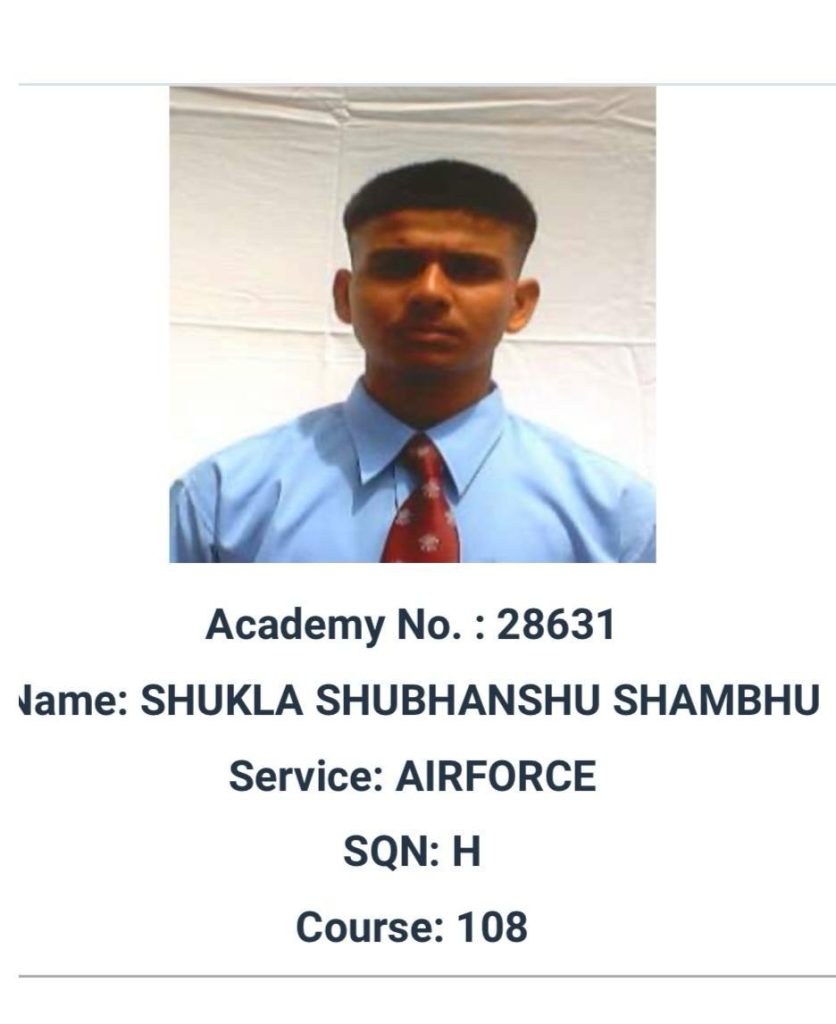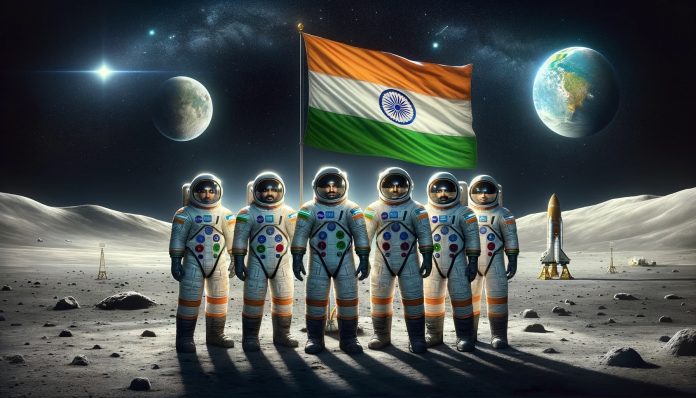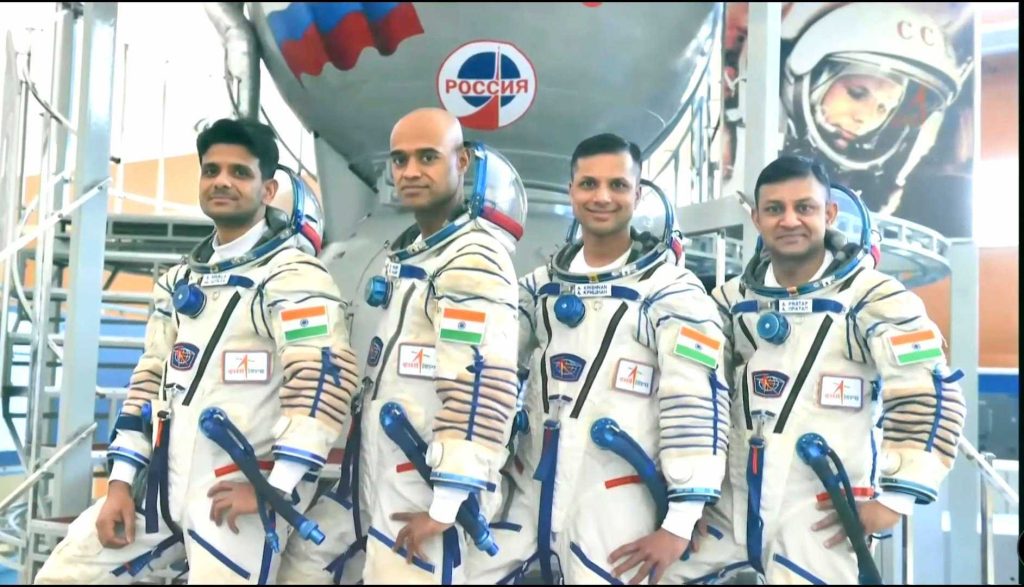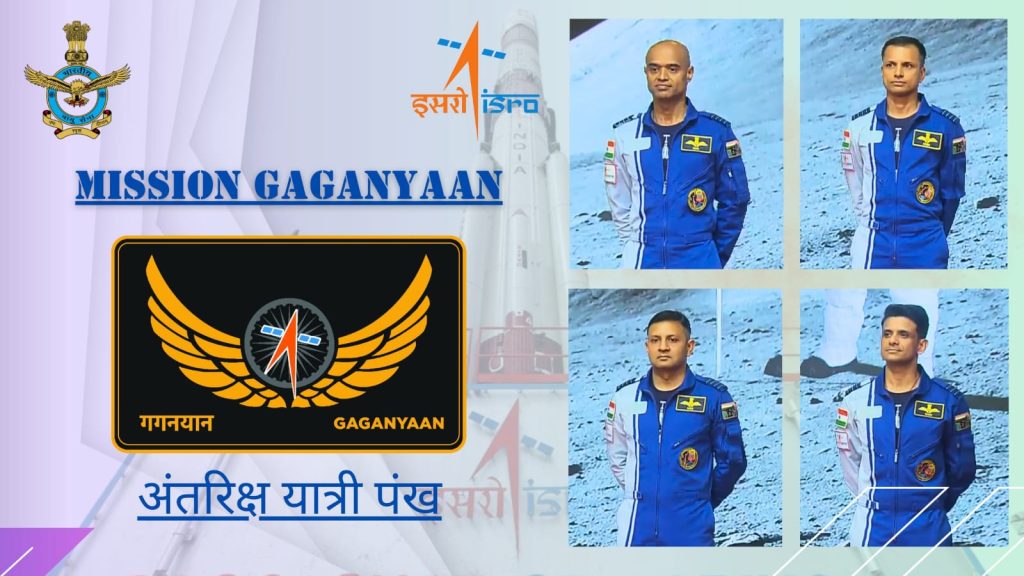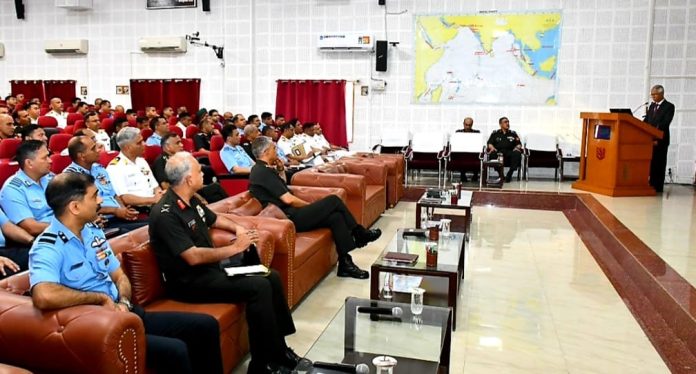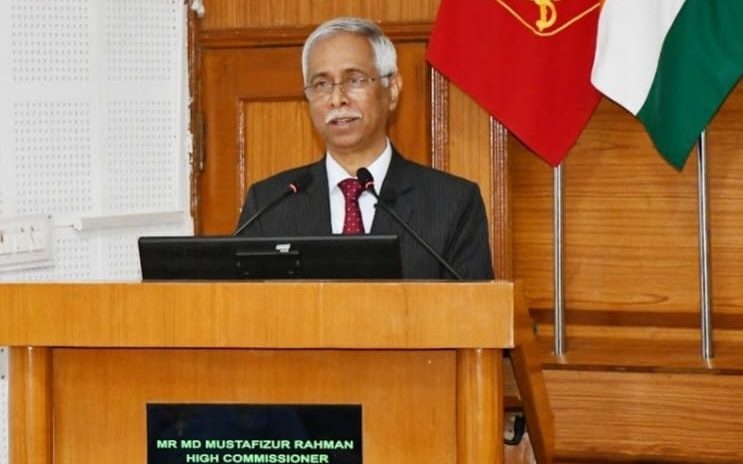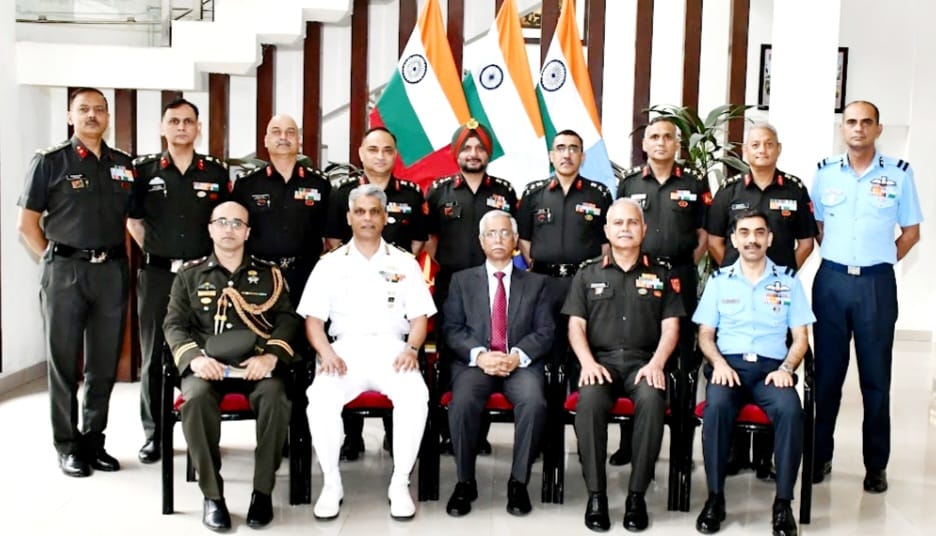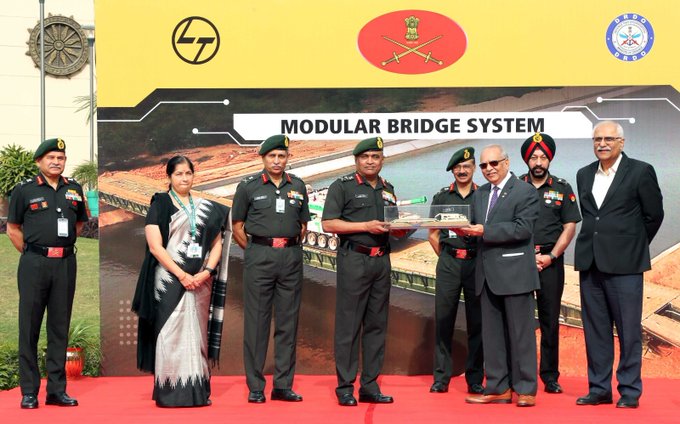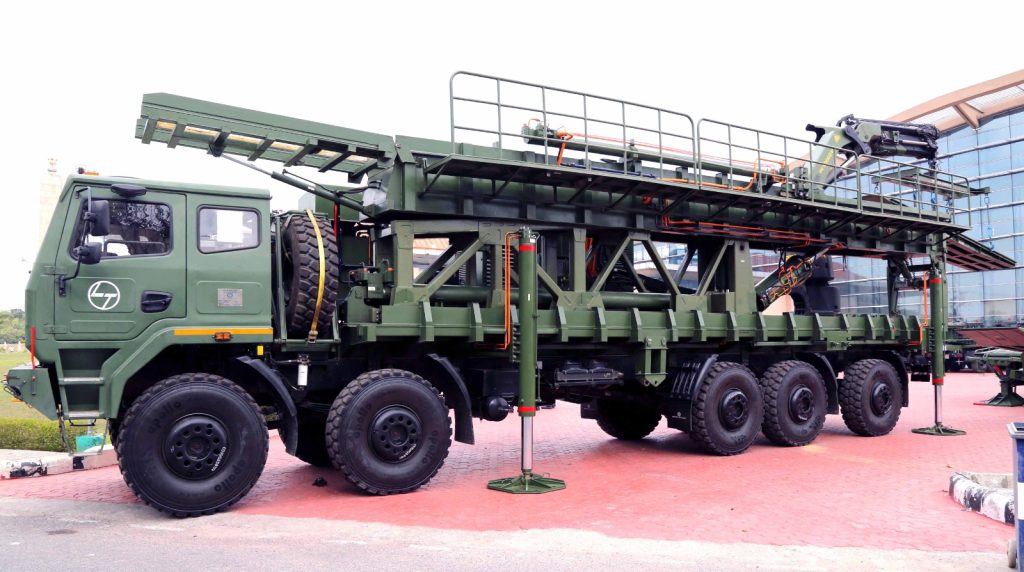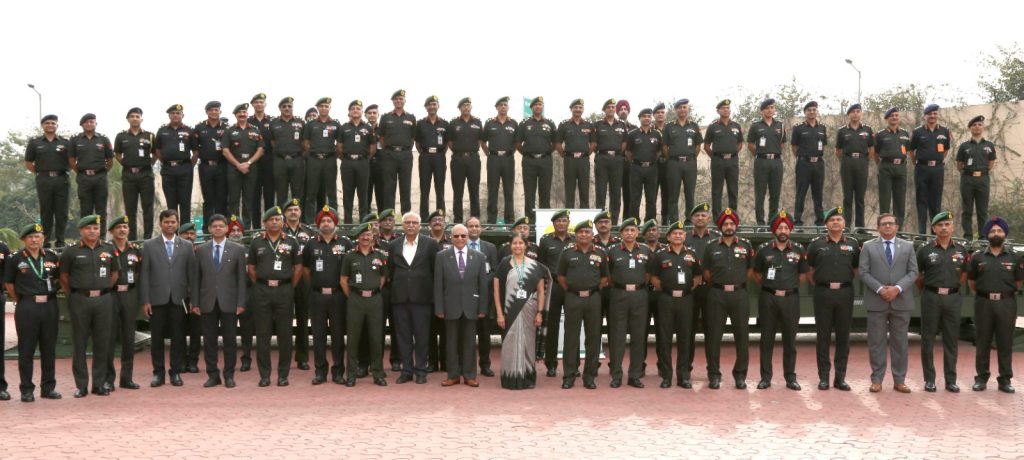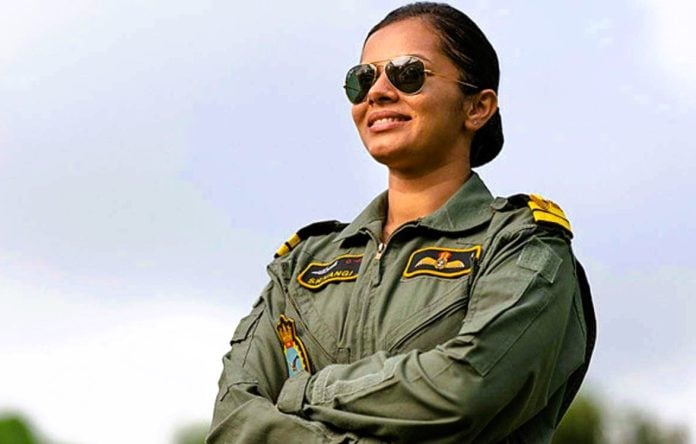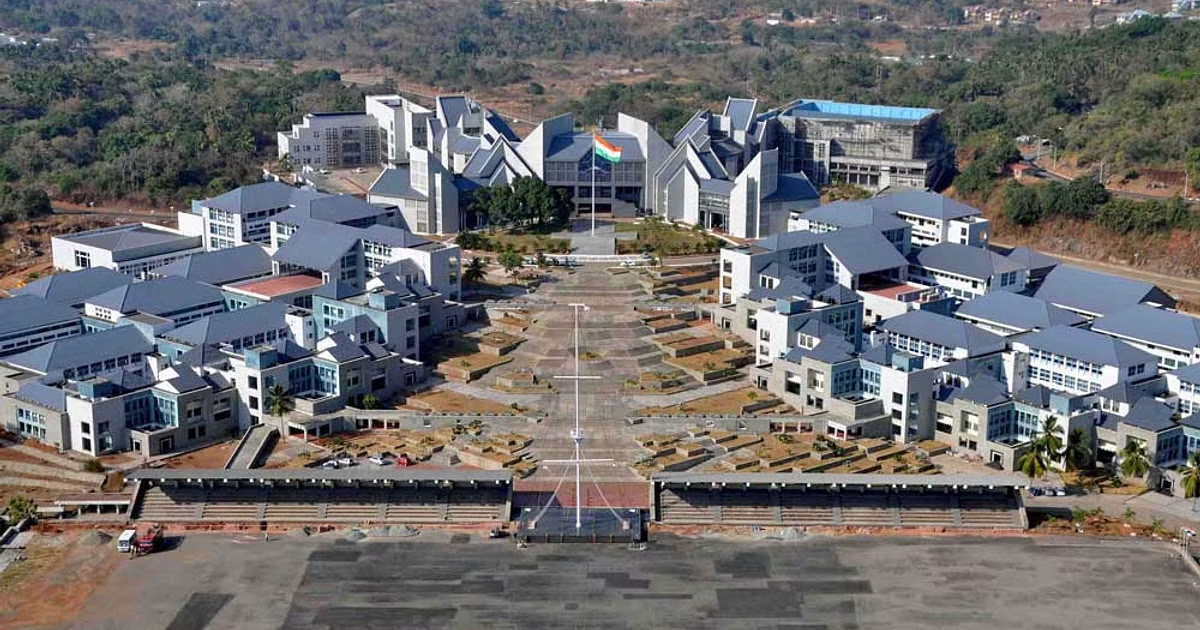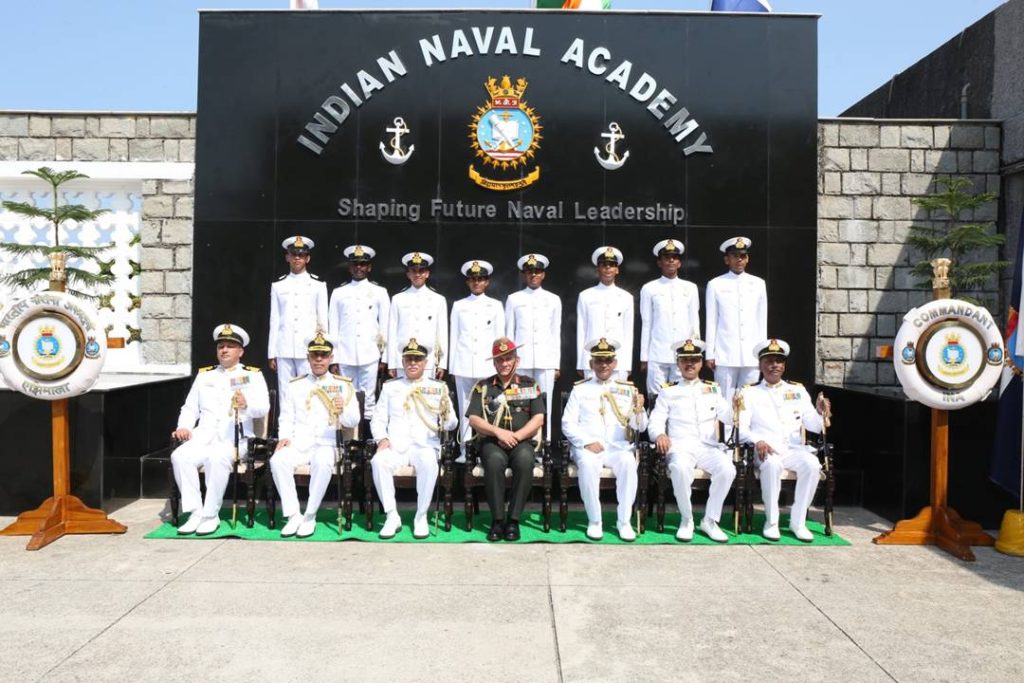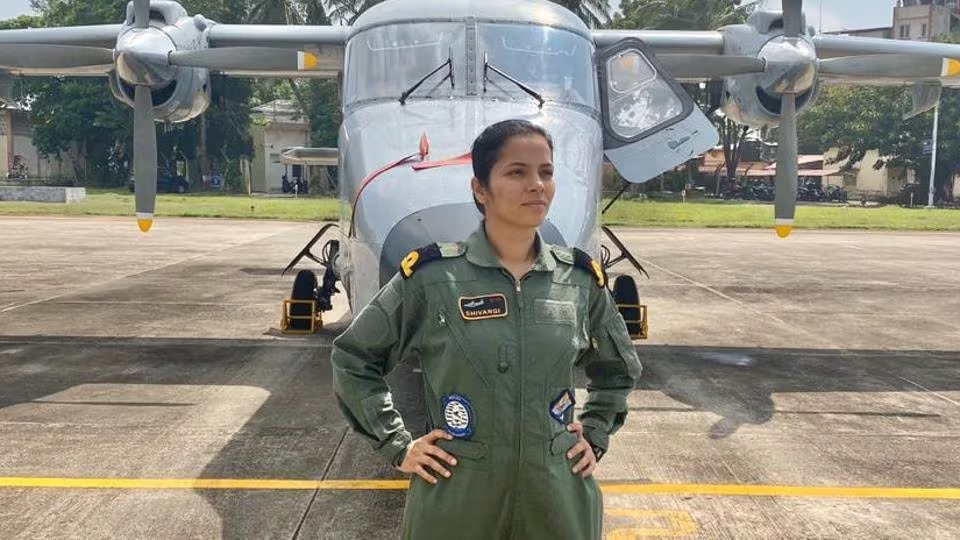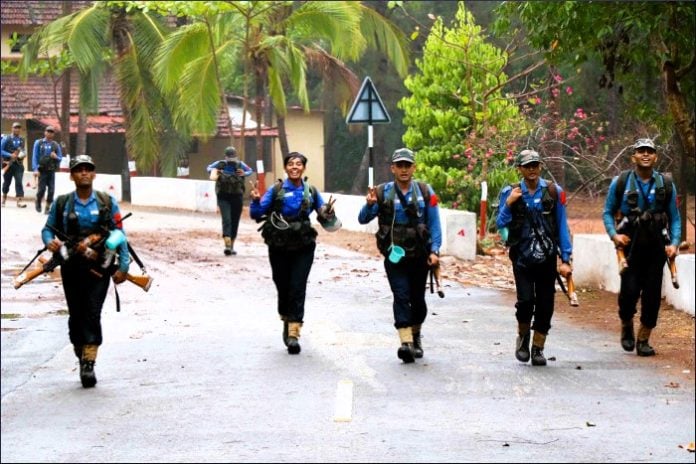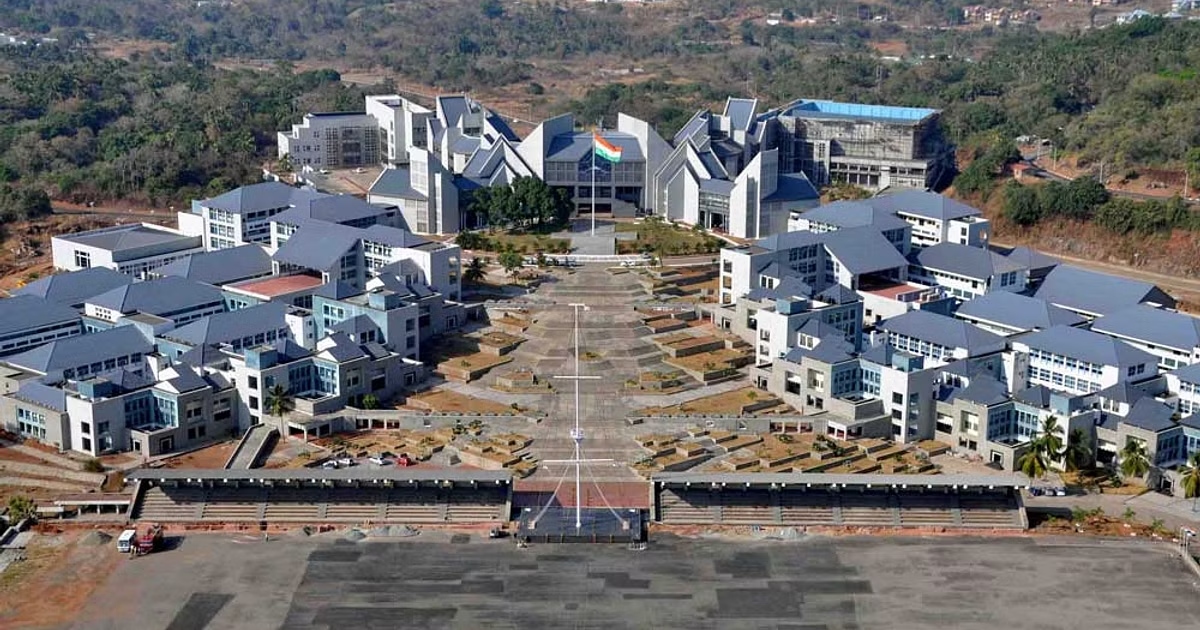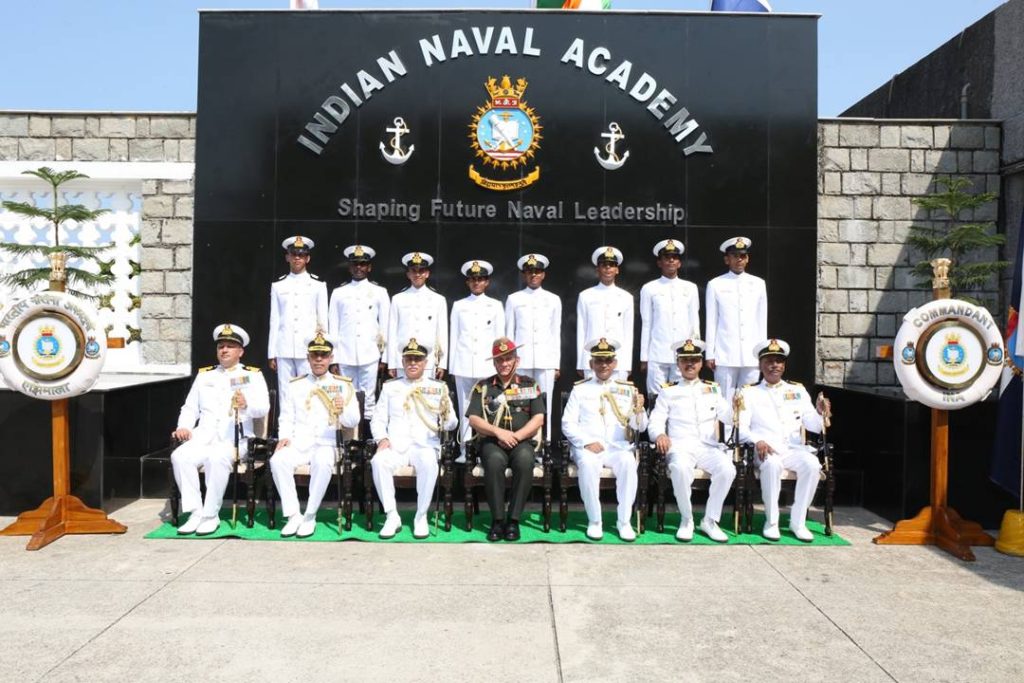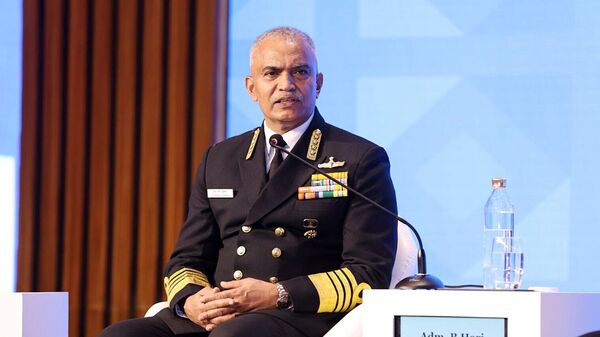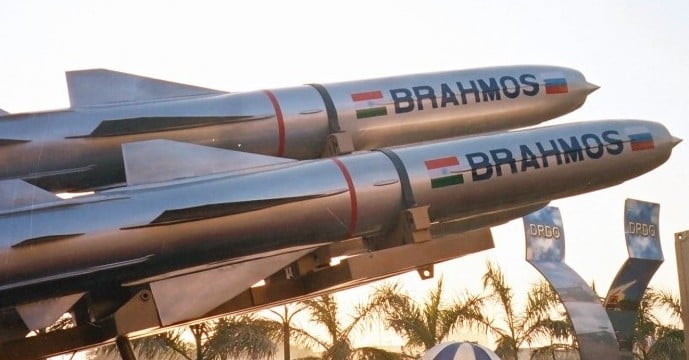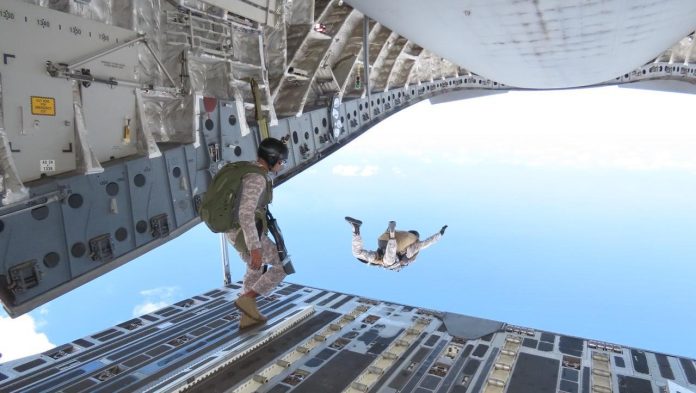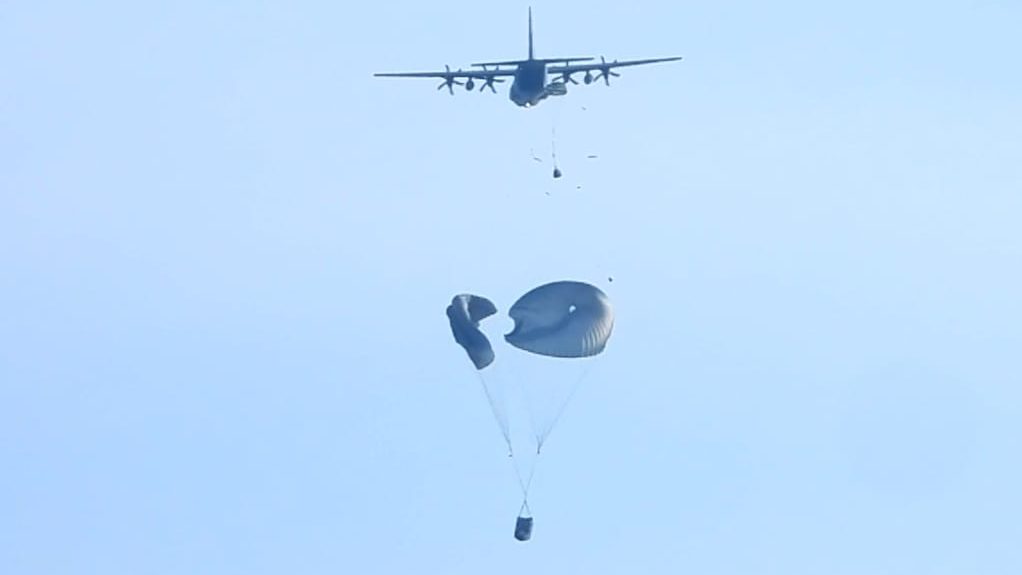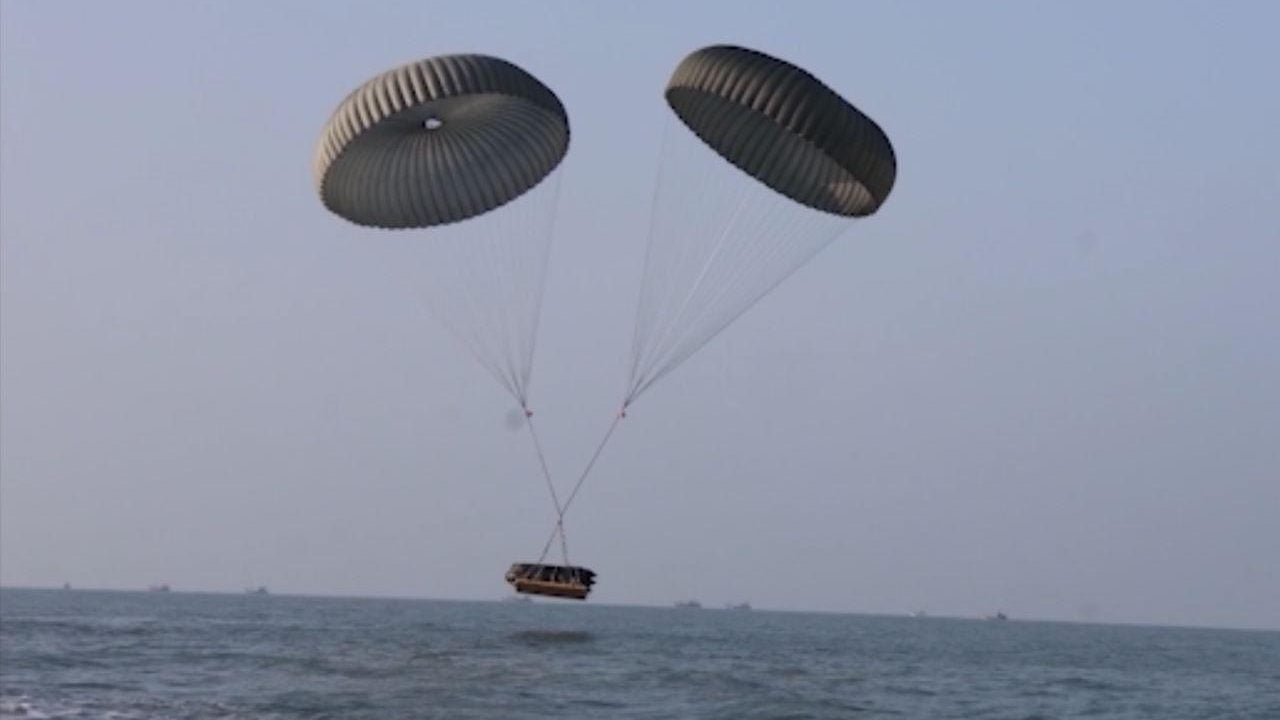General Pierre Schill, the French Army Chief, commenced a momentous visit to India on February 27th, 2024, scheduled to conclude on February 29th, 2024.
The visit, marked by solemnity and strategic discussions, underscores the deep-rooted ties and mutual respect between India and France in matters of defence and security.
The visit kicked off with a poignant wreath-laying ceremony at the National War Memorial, where General Pierre Schill paid homage to the valiant soldiers of the Indian Armed Forces who have made the ultimate sacrifice for their nation. This solemn tribute served as a reminder of the shared sacrifices and unwavering commitment to peace and security that bind the two nations.
Following the wreath-laying ceremony, a ceremonial Guard of Honour was accorded to General Pierre Schill at the South Block Lawns in New Delhi, symbolizing the respect and honour bestowed upon the distinguished guest.
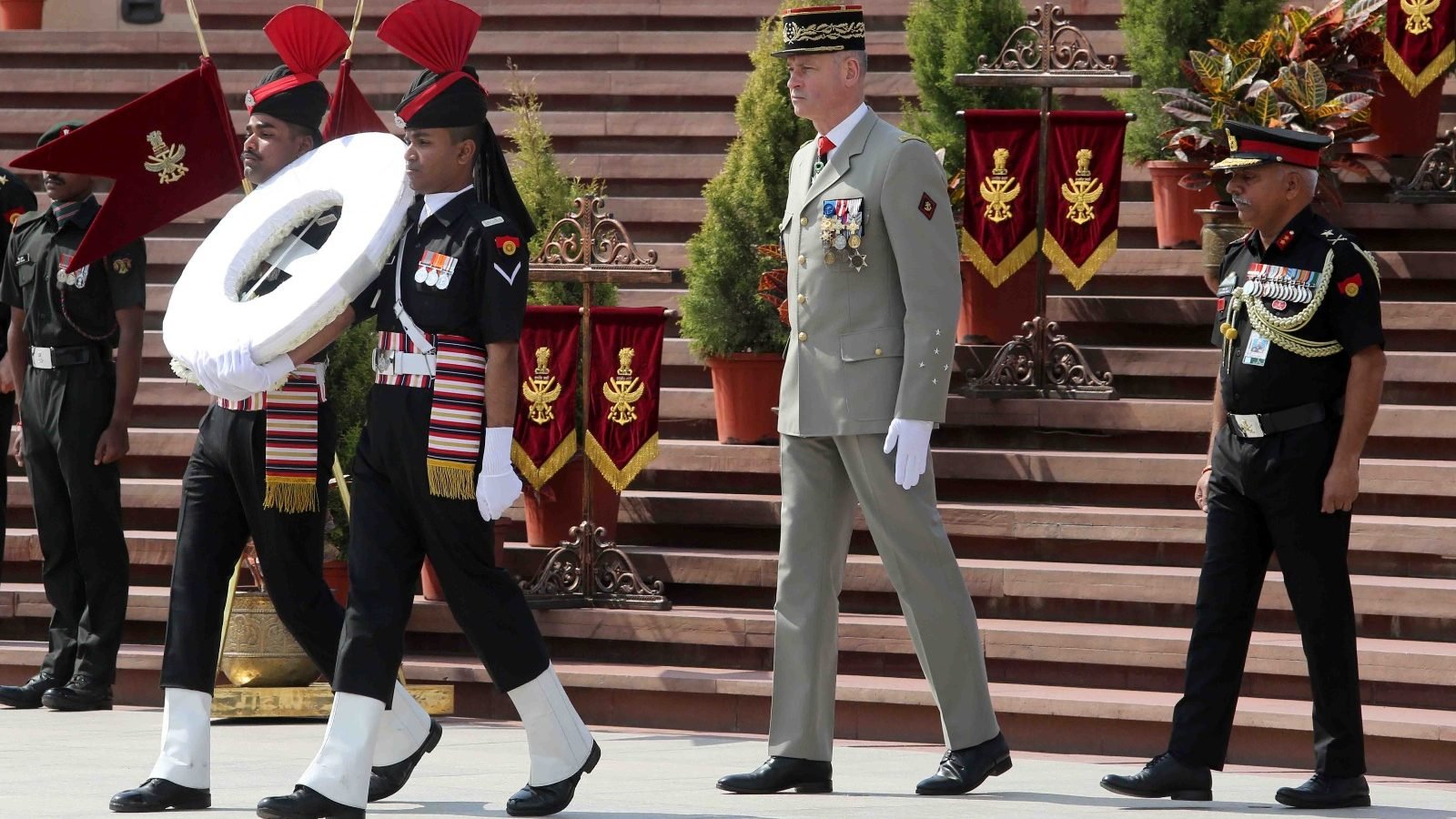
Subsequently, the French Army Chief held discussions with General Manoj Pande, Chief of the Army Staff of the Indian Army, and other senior military leaders. These discussions encompassed a wide range of contemporary issues, with a particular focus on enhancing bilateral cooperation between the two armies.
During his visit, General Pierre Schill will engage with representatives from the defence industry, further solidifying the foundation of collaboration and exchange in defence technology and innovation.
Additionally, he will have the opportunity to witness a Pinaka firing demonstration in Rajasthan, showcasing India’s indigenous missile system capabilities.
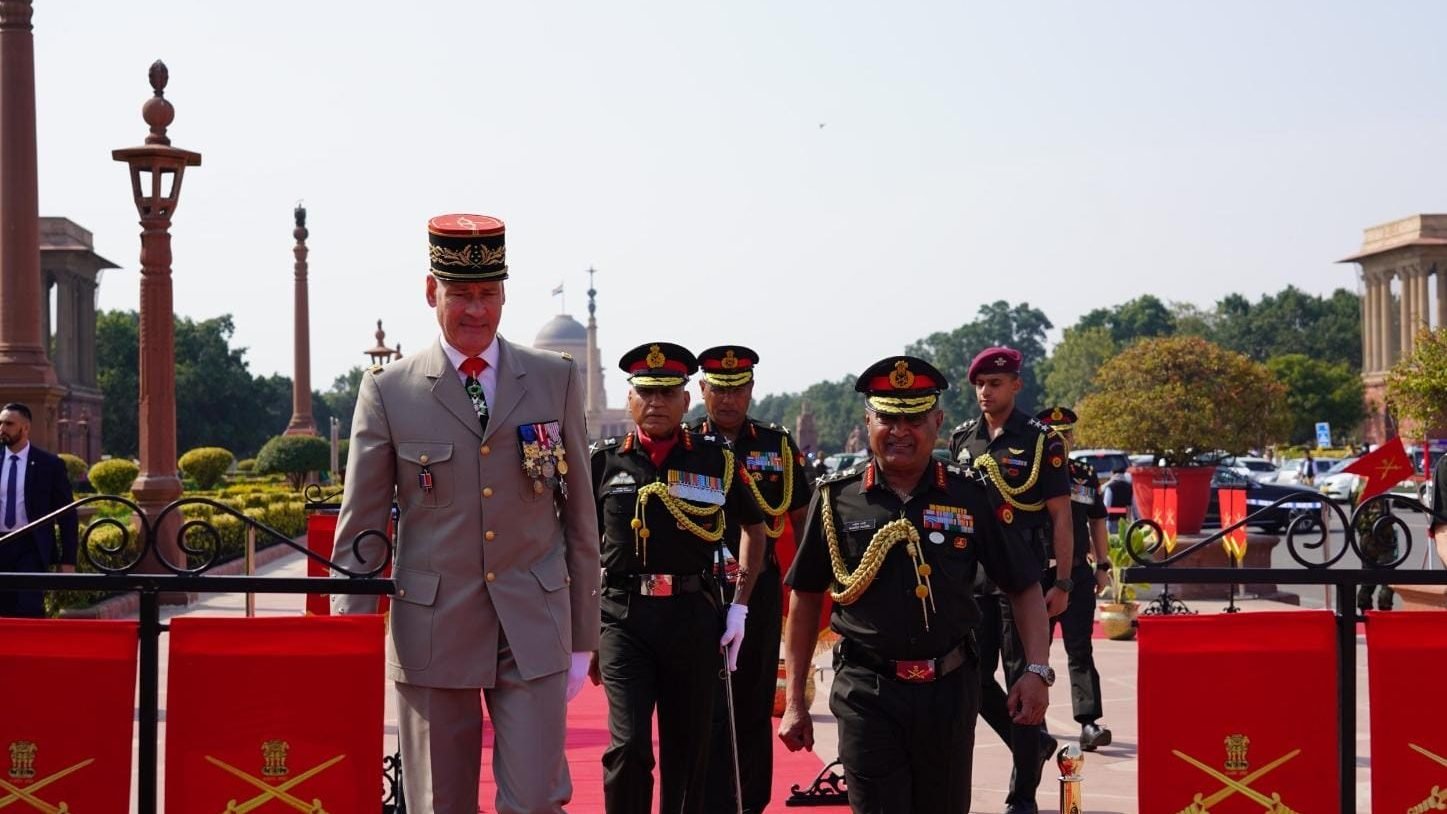
The itinerary also includes a visit to the Sapta Shakti Command in Jaipur, where General Pierre Schill will interact with senior military commanders, fostering mutual understanding and cooperation between the armed forces of both nations.
Furthermore, on February 29th, 2024, the French Army Chief is scheduled to address officers at the prestigious National Defence College (NDC), offering insights into strategic perspectives and fostering academic exchange.
General Pierre Schill’s visit underscores the shared commitment of France and India to strengthen their strategic collaboration across defence, security, and technology domains.
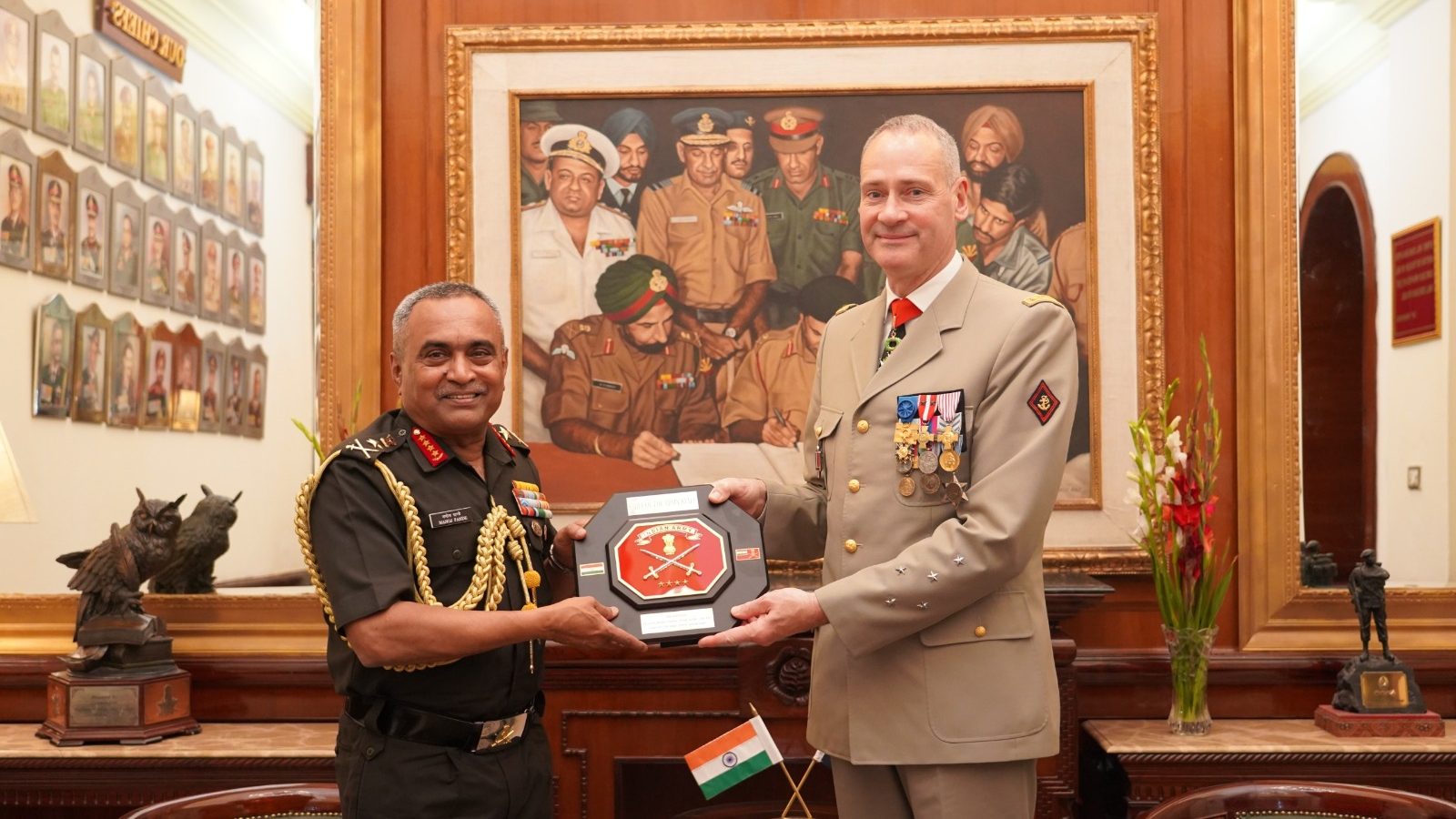
Such bilateral engagements, coupled with joint exercises and interactions, epitomize the enduring bond between the armed forces of both nations, reaffirming their shared dedication to promoting regional stability and international security.
The visit of General Pierre Schill serves as a testament to the multifaceted partnership between India and France, rooted in mutual respect, trust, and a shared vision for a safer and more prosperous world. As both nations continue to navigate the complexities of the contemporary security landscape, their collaboration stands as a beacon of solidarity and cooperation in the pursuit of global peace and security.


